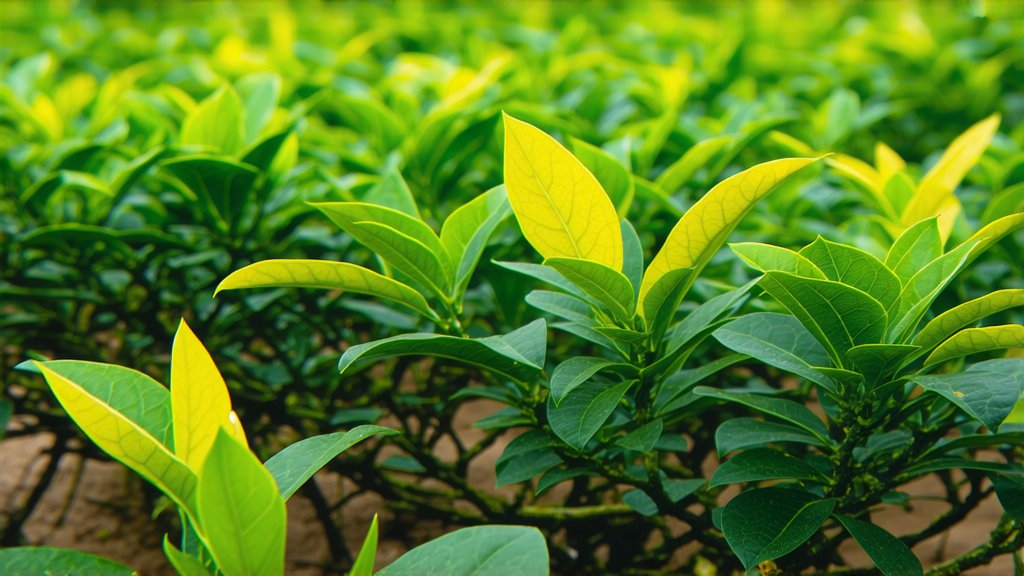
In the vast and diverse world of tea, where green, black, white, and oolong varieties dominate, there exists a lesser-known gem that captivates the senses and tells a story as rich as its flavor – Junshan Yinzhen. This exquisite yellow tea, hailing from the misty mountains of Hunan Province in China, is a testament to the artistry and tradition that define Chinese tea culture. Join me on a journey through the history, varieties, meticulous production process, and the nuanced art of tasting this golden elixir.
A Glimpse into History
The origins of Junshan Yinzhen trace back over a millennium to the Tang Dynasty (618-907 AD), during which it was revered as a tribute tea for the imperial court. Its name, "Junshan Yinzhen," translates to "Silver Needle from Jun Mountain," referencing both its place of origin and the delicate, needle-like appearance of its leaves. Over centuries, this tea has evolved, yet retained its status as a symbol of purity and refinement within Chinese tea lore.
Varieties and Classification
While Junshan Yinzhen stands out among yellow teas, it's important to note that within this category, there are subtle variations depending on the region and specific cultivar used. However, all share a common characteristic: the distinctive yellow coloration resulting from a unique processing method. Unlike green teas, which are quickly fixed by firing or pan-frying to preserve their green hue, yellow teas undergo a longer fixation process, allowing them to develop their signature yellowish tint and mellow flavor profile.
The Art of Crafting Junshan Yinzhen
The creation of Junshan Yinzhen is an intricate dance between man and nature. It begins with the careful selection of tender buds and young leaves, typically harvested in early spring when they are most succulent and营养丰富. These are then gently steamed or lightly baked to initiate enzymatic activity, which slows down the oxidation process without completely halting it, giving rise to the tea's characteristic yellow color.
Following this initial step, the leaves undergo a critical phase known as "meng shan," or sealing, where they are wrapped in cloth and allowed to slowly dry in a controlled environment. This process can take several days and is crucial for developing the tea's complex flavors and aromas. Finally, the dried leaves are sorted and graded, ensuring only the finest quality makes its way into the final product.
Savoring the Golden Elixir
To truly appreciate Junshan Yinzhen, one must engage in the ritual of tea tasting, a practice deeply rooted in Chinese culture. Begin by selecting a transparent glass teapot to fully appreciate the tea's visual transformation as it steeps. Use water heated to approximately 80°C (176°F) to avoid scalding the delicate leaves.
As you pour the hot water over the茶叶, watch as they gracefully unfurl, revealing their pale gold liquor. The first infusion typically yields a light, floral aroma with hints of honey and a subtle vegetal undertone. Sip slowly, allowing the tea to coat your palate, noting its smooth texture and the lingering sweetness that follows. Subsequent infusions will reveal deeper layers of complexity, with earthy notes and a creamy mouthfeel emerging.
Conclusion
Junshan Yinzhen is more than just a beverage; it embodies the essence of Chinese tea culture – a harmonious blend of tradition, craftsmanship, and nature's bounty. From its storied past as an imperial delicacy to its present-day status as a cherished specialty, this yellow tea continues to enchant tea enthusiasts worldwide. As you embark on your own exploration of Junshan Yinzhen, immerse yourself fully in the experience, letting each sip transport you to the mist-covered slopes of Jun Mountain, where every leaf tells a tale of timeless elegance and flavor.
In closing, remember that the true beauty of Junshan Yinzhen lies not only in its taste but also in the stories it carries and the traditions it upholds. So, brew a pot, let the golden liquid guide you on a journey through history, and savor every moment of this extraordinary tea experience.